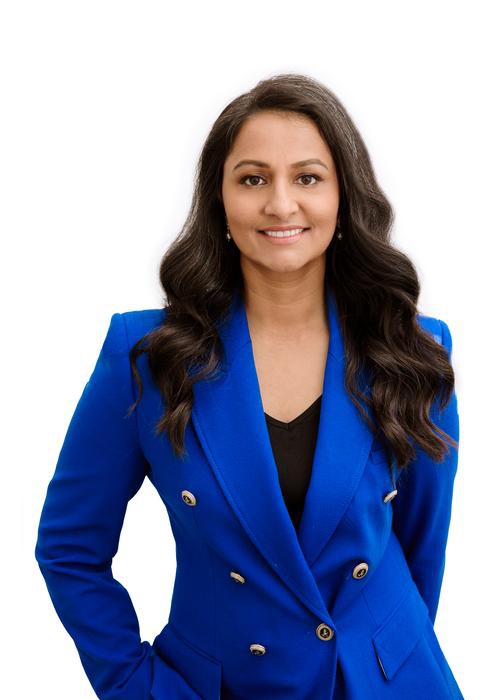 Shoulder injuries are among the most frequently reported problems after car accidents in Seattle. If your shoulder pain developed following a crash caused by someone else's negligence, Seattle car accident lawyer Preet Kode and the team at Kode Law understand what you're going through. We've helped countless accident victims document their injuries, prove the connection to the crash, and receive fair compensation for their medical treatment and ongoing limitations.
Shoulder injuries are among the most frequently reported problems after car accidents in Seattle. If your shoulder pain developed following a crash caused by someone else's negligence, Seattle car accident lawyer Preet Kode and the team at Kode Law understand what you're going through. We've helped countless accident victims document their injuries, prove the connection to the crash, and receive fair compensation for their medical treatment and ongoing limitations.
Let's explore the most common shoulder injuries that develop after Seattle car accidents and what you should know about protecting your legal rights.
1. Rotator Cuff Tears
The rotator cuff consists of four muscles and their tendons that stabilize your shoulder joint. In a car accident, these tissues can stretch beyond their limits or tear completely.
A torn rotator cuff typically causes a dull, deep ache in the shoulder that worsens at night and disturbs sleep. Many patients struggle to lift their arm above shoulder height or reach behind their back. You might hear clicking or popping sounds when moving your arm.
Minor tears sometimes heal with rest, physical therapy, and anti-inflammatory medications. More significant tears often require surgical repair followed by months of rehabilitation to restore function. Many Seattle car accident victims require modifications to their work duties during this extended healing period, particularly if their job involves overhead reaching, lifting, or carrying.
2. AC Joint Injuries
The acromioclavicular joint connects your collarbone to your shoulder blade. During a collision, the forces can separate these bones, causing what doctors call an AC joint separation.
AC joint injuries often create a visible bump on top of your shoulder, along with sharp pain when lifting your arm or carrying objects. The pain typically localizes right at the end of your collarbone and may radiate into the neck or down the arm. Even after healing, these injuries can lead to chronic pain and early-onset arthritis, potentially affecting your future earning capacity.
Doctors classify AC joint injuries on a scale from Type I (mild) to Type VI (severe), with each grade involving progressively more ligament damage and displacement. Type I and II injuries typically heal without surgery. Types III through VI often require surgical intervention to restore normal function.
3. Shoulder Fractures
Clavicle fractures are the most common, especially in side-impact collisions where the shoulder hits the door. Scapular fractures are less common but indicate high-energy trauma and often accompany other serious injuries. Proximal humerus fractures typically occur when the arm is outstretched during impact and can involve the ball portion of the ball-and-socket joint.
Fractures cause immediate, severe pain, visible deformity, swelling, and sometimes bruising. You'll likely be unable to move the arm without extreme discomfort, and the area will be tender to the touch.
Some fractures can heal with immobilization in a sling or brace. Complex breaks often require surgical intervention using plates, screws, or pins to properly align the bones. In severe cases involving the humeral head, shoulder replacement surgery might be necessary.
4. SLAP Tears
Superior Labral Anterior to Posterior (SLAP) tears affect the ring of cartilage (labrum) surrounding your shoulder socket. These injuries commonly occur when you brace for impact with your arms extended.
SLAP tears often cause catching or locking sensations in the shoulder, along with pain during specific movements like throwing or reaching overhead. Many Seattle car accident victims report a feeling that their shoulder might slip out of place during certain activities.
Conservative approaches include rest, physical therapy, and possibly corticosteroid injections. Persistent or severe tears typically require arthroscopic surgery to either repair or remove the damaged labral tissue, followed by rehabilitation to restore function.
5. Shoulder Dislocations
The violent motion of a crash can force the ball of your upper arm bone (humerus) out of the shoulder socket (glenoid). Anterior dislocations (where the humeral head moves forward out of the socket) account for about 95% of cases. Posterior dislocations are less common but often missed on initial examination. Inferior dislocations are rare but extremely painful and can cause significant nerve damage.
A dislocated shoulder causes visible deformity, intense pain, and inability to move the joint. You may experience numbness, tingling, or weakness in the arm if nerves are affected.
Emergency treatment involves reducing the dislocation (putting the bone back in place).
Afterward, you'll need to immobilize the shoulder while damaged tissues heal. Physical therapy helps rebuild strength and stability. For Seattle car accident victims with occupational demands or high recurrence risk, early surgical intervention may be recommended.
How Seattle Car Accident Lawyer Preet Kode Can Help With Your Shoulder Injury Claim
Insurance companies often try to minimize payouts for shoulder injuries. At Kode Law, we understand these tactics and forcefully advocate for fair compensation that covers all your damages.
While most shoulder accident cases settle out of court, we prepare every file as if it will go to trial. This thorough approach strengthens your negotiating position and ensures we're ready if litigation becomes necessary.

